Holy Island of Lindisfarne
PILGRIMAGE UK: HOLY PLACES


Nestled off the rugged Northumberland coast, Holy Island—more commonly known by its Anglo‐Saxon name, Lindisfarne—offers a profound invitation to all who seek to connect with the rich spiritual heritage of early England. Accessible only at low tide via its ancient causeway, Lindisfarne radiates an otherworldly aura, where the boundary between sea and land, past and present, becomes delicately blurred. For centuries, this tidal island has been an essential haven for pilgrims, a sanctuary where the legacy of early Celtic and Anglo‐Saxon Christianity endures in every stone, wave, and ripple of wind.
From the moment you step onto the causeway, the journey to Holy Island is as much a physical crossing as it is a spiritual one. The slow, measured approach across the exposed seabed, timed with the ebb of the tide, sets the tone for the pilgrimage ahead. You are reminded that the island’s accessibility—both literal and metaphorical—requires sacrifice, patience, and a willingness to embrace the unknown. This passage, marked by the rhythmic pulse of the tide, echoes the early monastic dictum that true spiritual discovery comes from stepping outside the comforts of the familiar and venturing boldly into the realm of mystery.
Once on the island, a palpable sense of history welcomes you. Lindisfarne was one of the earliest centres of Christianity in England, founded in the sixth century when Irish missionaries, such as St Aidan, were encouraged by King Oswald of Northumbria to spread the Christian faith. Here, the venerable walls of Lindisfarne Priory, though now partially ruined, call to mind the ardent devotion of monks who laboured in prayer, scholarship, and the creation of the magnificent Lindisfarne Gospels. These illuminated manuscripts remain a testament to the island’s spiritual vibrancy and artistic brilliance. As you wander among these ancient remnants, you are struck by the thought that each stone has absorbed centuries of prayer, penance, and divine inspiration.
The island is also renowned for its connection with St Cuthbert, whose life and miracles have become woven into the fabric of its identity. St Cuthbert, a monk and later bishop, is remembered for his profound humility and healing virtue, his legacy emanating from the quiet cloisters and the wild, windswept moors of Lindisfarne. In the hushed corridors of the priory ruins and the small chapels that dot the landscape, you can almost hear the echoes of his gentle, pious voice—an invitation to contemplate the mysteries of grace. The venerable presence of such saints transforms Holy Island into a sacred mirror; as you move through its air of ancient devotion, the island seems to hold up a reflection of your own spiritual quest for meaning and transcendence.
Beyond ecclesiastical relics, Holy Island offers a symphony of natural splendour. The island is blessed with stunning coastal vistas, where the fierce North Sea meets the tranquil, rocky shoreline in a display of raw and unfiltered beauty. The crisp sea air, laden with the salt of centuries-old waves, invigorates the spirit while the vast expanse of the sky and the steady chant of the ocean remind you of the eternal dimensions of life. Nature here is not a backdrop but a living participant in the spiritual dialogue—the timeless rhythm of the tides parallels the heartbeat of ancient liturgy, and every gust of wind whispers old Celtic invocations that linger in the mind.
As you wander further inland, you discover that Holy Island is a layered landscape of history and memory. Beyond the principal ruins of Lindisfarne Priory, smaller chapels and burial sites lie quietly nestled amongst the scrub and heather. These hallowed spaces, though modest in scale, are imbued with the sincerity of faith that defined the lives of the early devotees. A solitary cross here or a weather-worn gravestone there stands as a silent testament to a time when the island was a bustling hub of monastic life, a collective witness to the evolution of English Christianity. Each relic feels personal, a gentle reminder that the passage of time does not diminish the power of devotion but rather deepens its resonance across the centuries.
A visit to Holy Island is not solely an individual pursuit. Every year, the island becomes the destination for a gathering of pilgrims from across the United Kingdom. These annual pilgrimages see communities from diverse parishes joining together in a vibrant, yet deeply contemplative celebration of faith. In these communal journeys, the rhythmic sound of countless footsteps across the causeway and along the island’s ancient paths creates a shared sense of purpose and connection. There is a tangible energy in the collective prayer, a living chorus of voices, as the pilgrims, united by their search for spiritual renewal, retrace the steps once taken by the early monks. This fusion of ancient tradition with contemporary fellowship reaffirms that the spiritual legacy of Holy Island remains as potent today as it was in the days of St Aidan and St Cuthbert.
In quieter moments during your journey, the solitary pilgrim finds time to reflect at one of the island’s secluded spots—a rocky outcrop where the sea crashes relentlessly against ancient cliffs, or a small, forgotten shrine hidden amongst the dense undergrowth. These instances of solitude serve to deepen your connection with both the natural world and the enduring human yearning for the transcendent. It is in these spaces of quiet reflection that the island reveals its most intimate secrets—those of forgiveness, hope, and the promise of spiritual rebirth. The very act of standing on Holy Island becomes a meditation, a reminder that every soul is invited to embark on a journey inward as well as outward, to seek a deeper understanding of life’s ephemeral beauty.
The interplay between the natural and the historical is where Holy Island truly excels as a pilgrimage destination. The ancient stones of Lindisfarne, weathered by time and tide, speak of both human ingenuity and the inevitable surrender of all earthly achievements to the passage of time. Yet, in their decay they reveal a profound beauty—a beauty that is resilient and eternal. This duality is at the heart of the island’s message: that while empires fall and relics crumble, the eternal spark of faith burns unceasingly, transcending the physical limits of earthly creation.
As your day in Holy Island draws to a close, the setting sun casts a gentle, golden hue over the priory ruins, the causeway, and the endless sea beyond. In this moment, you are reminded that every pilgrimage is a cycle of beginnings and endings—a continual passage between light and darkness, joy and sorrow, hope and resignation. The fading light seems to seal the ancient pacts of prayer, as if the day’s reflections and the timeless wisdom of the island are woven together into a single, enduring tapestry of human longing and divine promise.
In the end, Holy Island, or Lindisfarne, stands as a living testament to the history and heartbeat of early English Christianity. Its rugged beauty and the whispers of its storied past offer a sanctuary for those seeking to reconnect with the eternal. Whether you arrive in the solitude of a personal pilgrimage or join the vibrant annual processions of fellow believers, the island invites you to witness the enduring interplay between nature and the sacred—an interplay that echoes the timeless call to nurture faith, to seek understanding, and to embrace the mystery of the divine.
The journey through Holy Island, from the evocative crossing of the causeway to the quiet contemplation amidst ancient ruins, reaffirms that the path to spiritual renewal is found not in the glitz of modernity but in the enduring, timeless beauty of places that transcend the ordinary. In every gust of sea wind, every ripple on the water, and every solemn stone that has weathered centuries of history, Holy Island seduces the pilgrim to look within. And in that inward journey, the truth resonates clearly: that a true communion with the divine is as boundless as the ocean, as timeless as the ancient monastic walls, and as eternal as the hope that fills every corner of this sacred place.
Holy Island, Lindisfarne: A Pilgrimage into the Heart of Early English Christianity and Natural Majesty
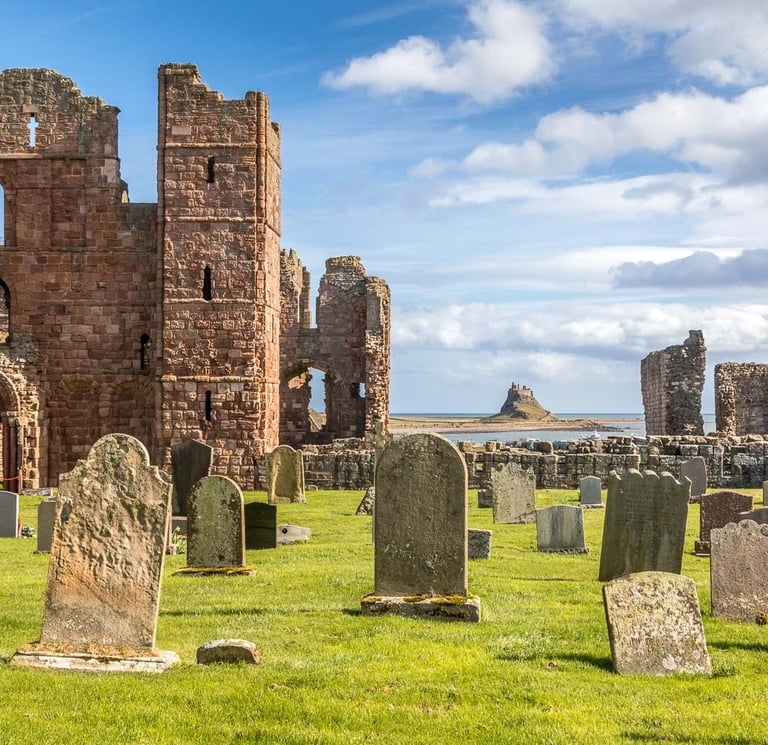

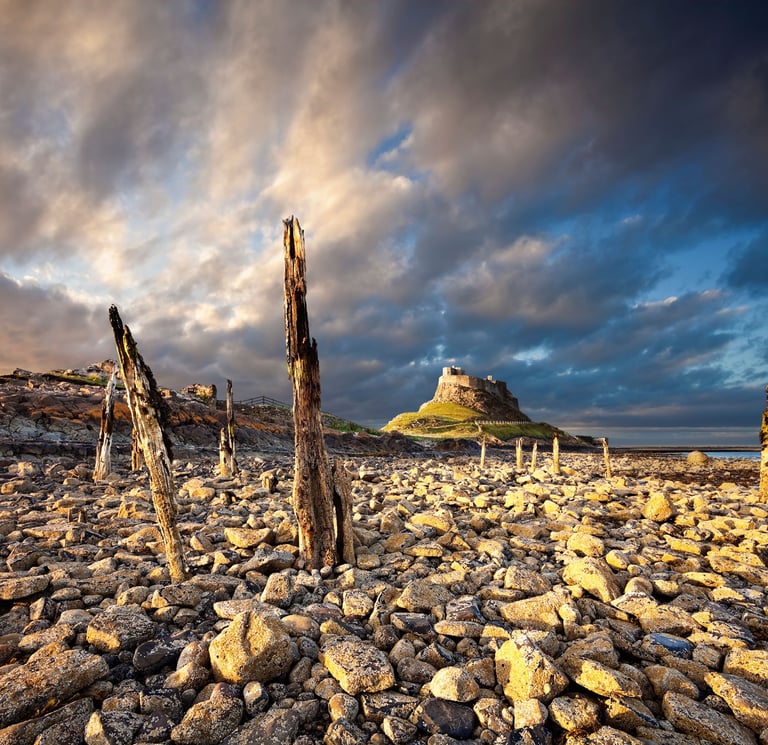


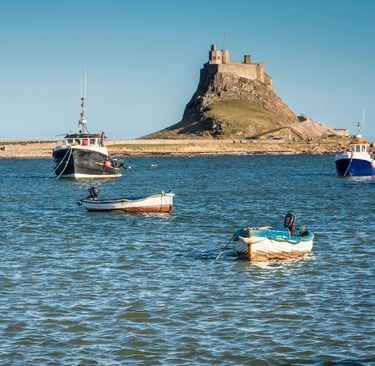

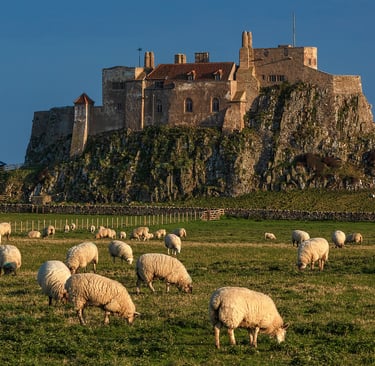
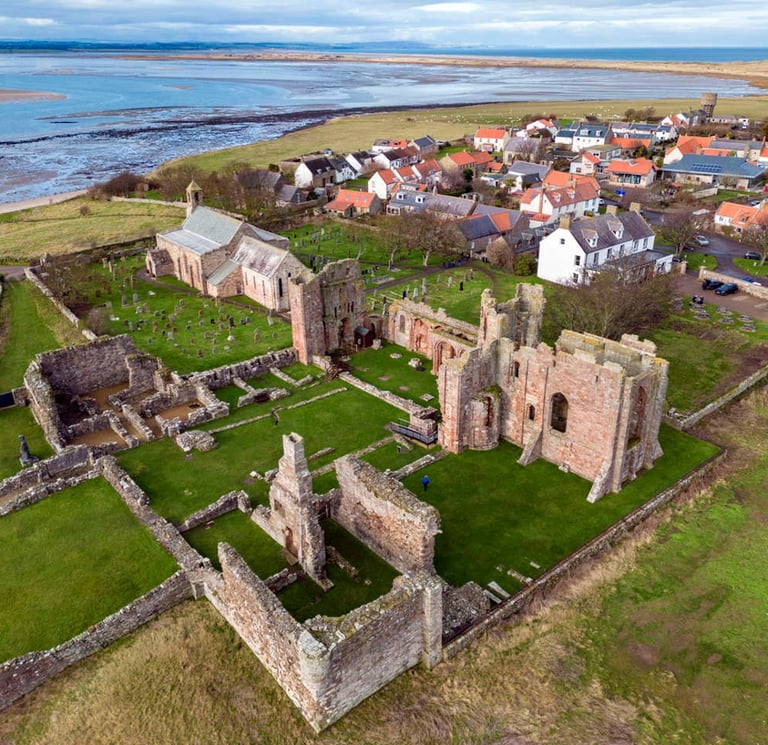

Ancient Apostolic Catholic Church
Embracing faith, inclusion, and compassionate service together.
ST THOMAS AQUINAS SEMINARY
© 2025. All rights reserved
QUICK LINKS
